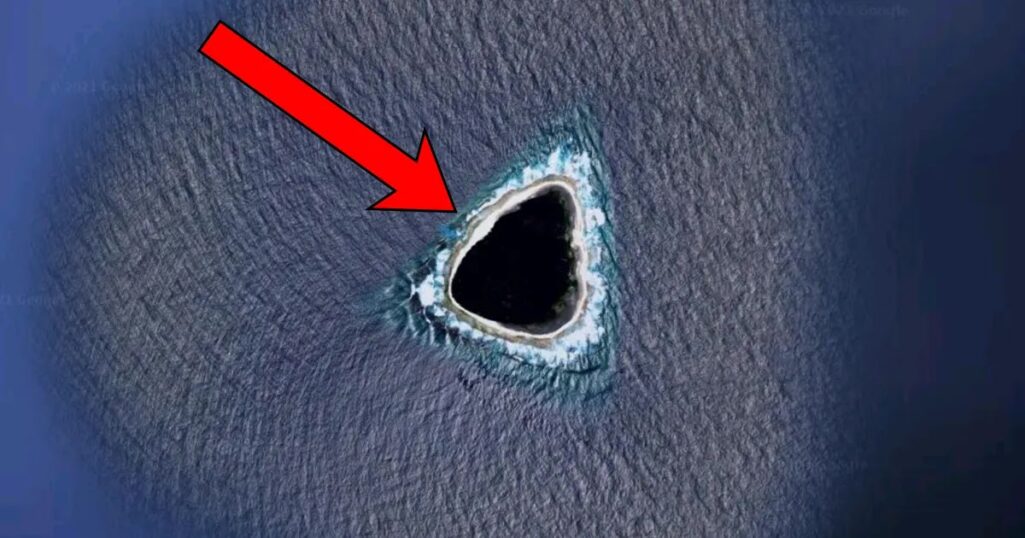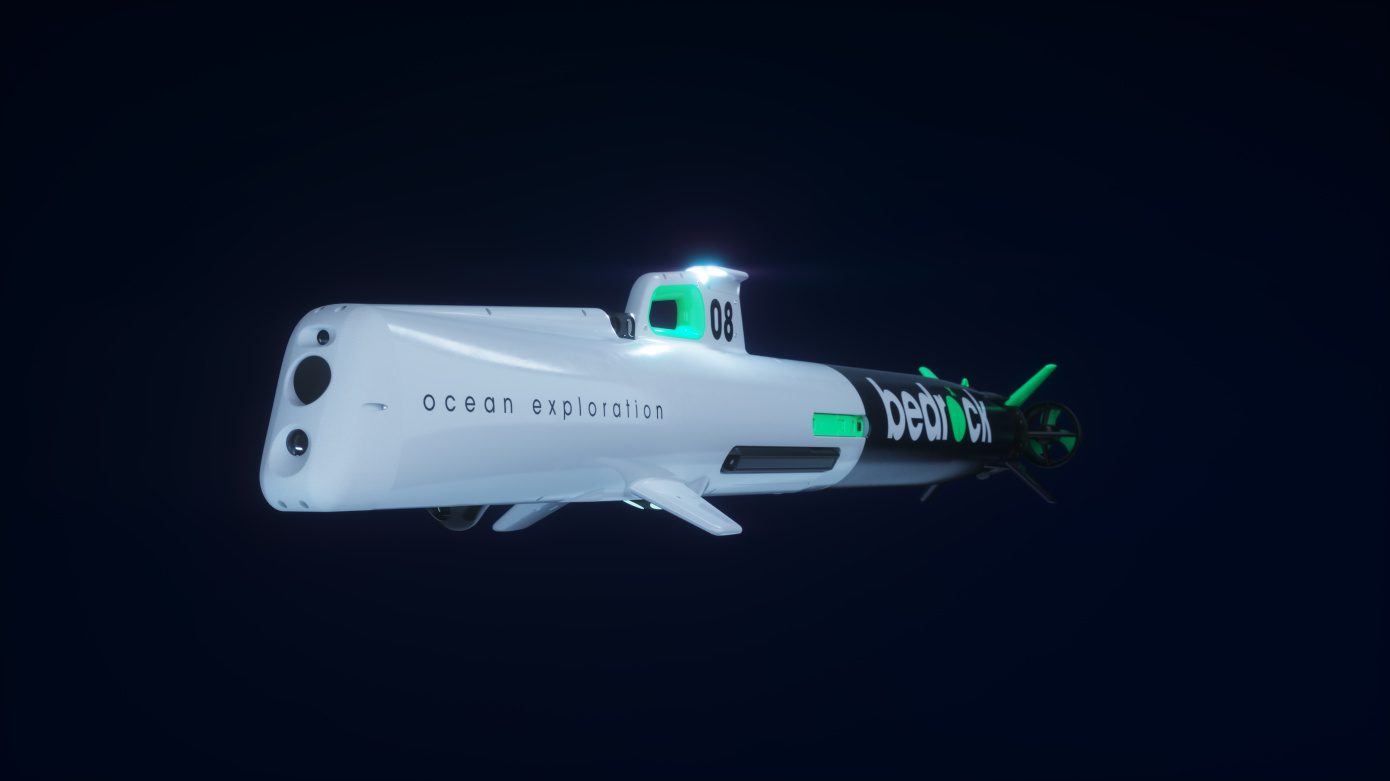
The Titanic is one of the most well-known ships in history. Of course, the painful finish to its career played a significant role in this everlasting fame.
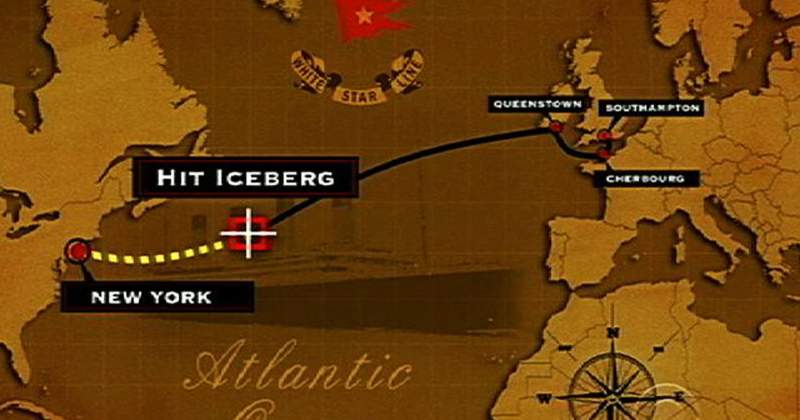
Titanic sunk on its first voyage from Southampton to New York City in April 1912 when it collided with an iceberg. Many novels, movies, and conspiracy theories have been written on the disaster, which took the lives of more than 1500 people on that fateful night.
Why didn’t the Titanic get raised from the water and put in a museum until now? In spite of the fact that this question may appear ridiculous to some, it is in fact, rather important.

You may be able to come up with a quick answer to the question that the procedure would be incredibly expensive. It’s true, but the Titanic is a very attractive treasure to many people that would make them more money than this cost.
And don’t even think about saying it’s impossible to lift anything that heavy from that deep. We have the capability to approach Titanic, which is resting at a depth of 3.7 kilometers.
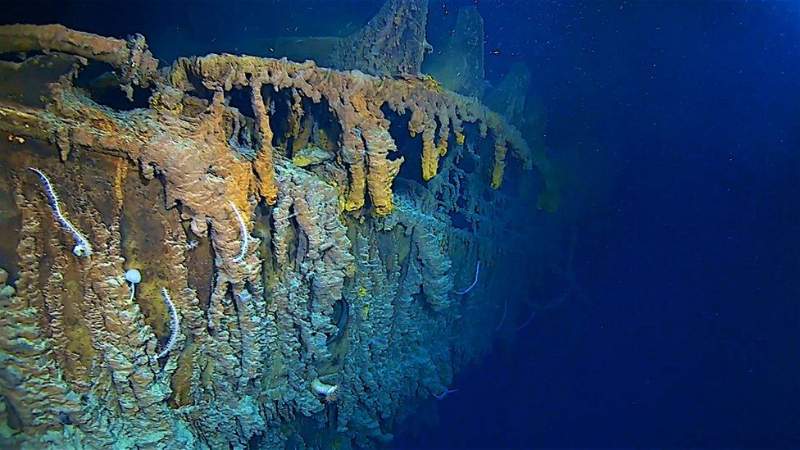
So why is the Titanic still resting underwater after more than a century had passed?
Let’s find out.
Back to 1912

There were a lot of people excited when the Titanic set sail on its first trip from England to New York City on April 10, 1912. It was the largest movable vessel ever built at the time, measuring 900 feet (270 m) long, 25 floors high, and weighing 46,000 tons.
Four days later, the Titanic hit an iceberg, killing more than 1,500 people and leaving only 700 survivors.

Up until 1985, no one had seen the shipwreck lying on the ocean floor. A team of scientists led by oceanographer Robert Ballard was able to discover the wreckage about 370 miles southeast of Newfoundland at a depth of 13,000 feet.
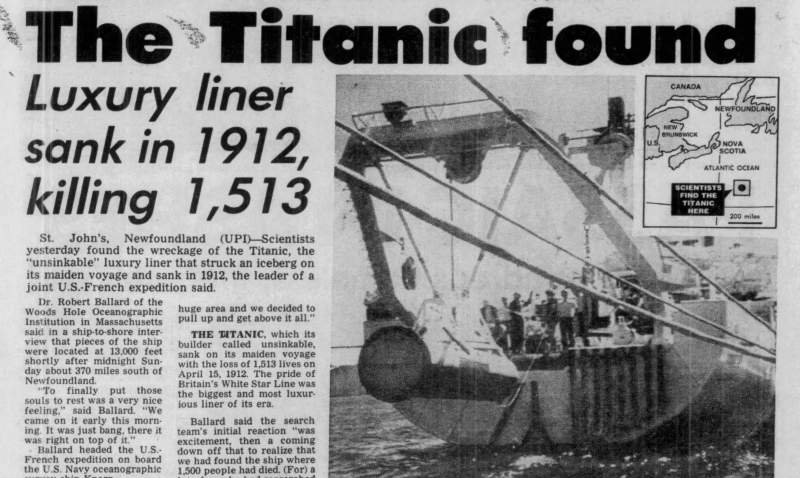
To look for lost battleships and submarines, Robert Ballard set out to test a new sort of technology in the fall of 1985: robotic submarines. To make use of this cutting-edge technology, he requested permission from the US Navy.
He was given the go-ahead to carry out his plan. After just two weeks of exploring at a depth of 3,900 meters beneath the ocean, Robert Ballard located the Titanic.
The Titanic was found to be in a state of severe deterioration, but it had also broken into two sections. The hull on the starboard side of the ship’s bow was severely damaged after the ship collided with an iceberg.
Recovery Trials
When it was discovered, the Titanic was in fragments. It was impossible to restore it in its original state. Despite this, news of the ship’s situation didn’t deter creative thinkers from developing plans to return it to home.

Many suggestions varied from the seemingly practicable to the use of cranes placed aboard salvage vessels. As far as I know, no one has ever attempted something as crazy as loading the Titanic with balls, strapping helium-filled balloons to its hull, and freezing the ship to make it rise, but this was an idea one day!
Many people suggested that massive balloons be inflated beneath the Titanic in order to lift it to the top. While this would have worked, there was one problem: The balloons had to inflate and rise to the surface at the correct speed. Because severe pressure might cause the ship to shatter.
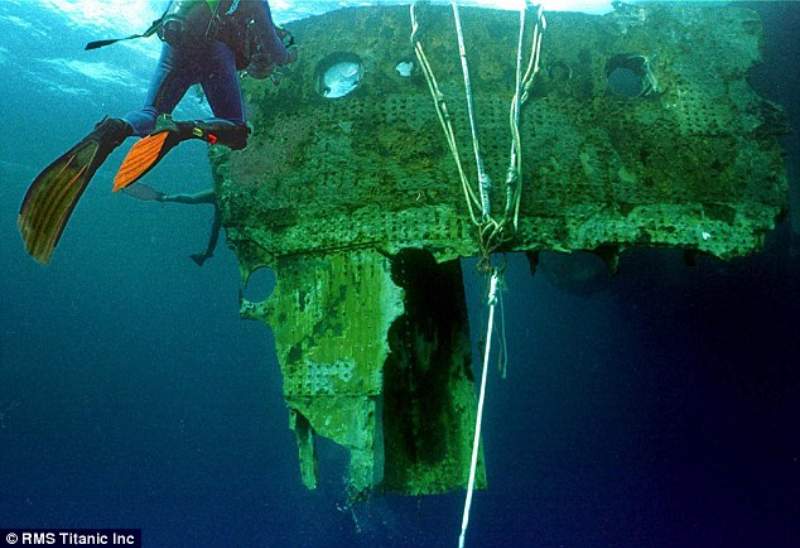

The most successful operation occurred in 1998 when a firm named RMS Titanic Inc. managed to lift a 20-ton, 300-square-foot (28 m2) chunk of the starboard hull that supposedly broke away from the ship on impact 86 years earlier.
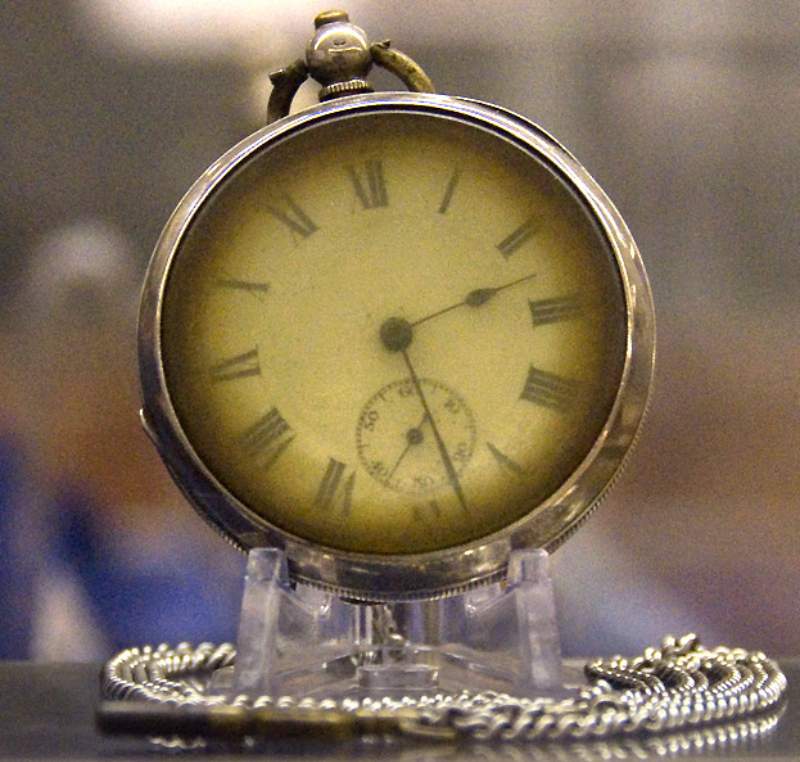
The recovery crew recovered more than 5,000 objects, including jewelry, toys, dishes, and equipment utilized on the ship.
The Rusty Ship
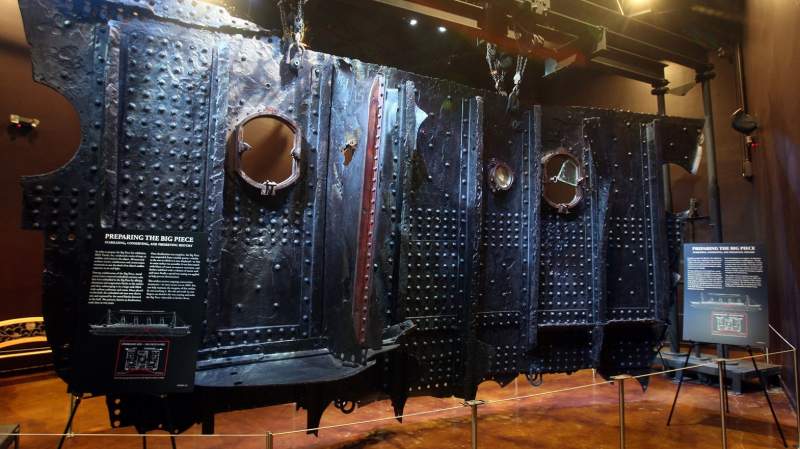
The Luxor Hotel and Casino in Las Vegas hosts a large Titanic display, but so yet, salvage operations haven’t been able to bring back anything larger than the hull slab. Oceanographers have noted that the ship’s wreckage had been damaged by the harsh marine environment for more than a century.
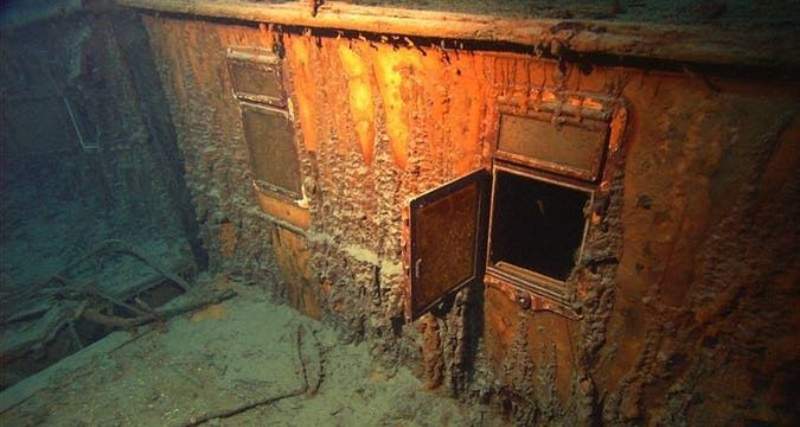
The vessel’s integrity has been compromised by the acidity of the seawater, which has been dissolving it. The microbes responsible for the rusty stalactite growths on the ship’s hull, notably on the deck railings, have also eaten away at the ship, making it even more fragile.
There are collapsed decks on every ship level in the ship’s interior as well. Passages originally used by robotic mini-subs are no longer usable, and the cabins have degraded to the point of becoming unstable.
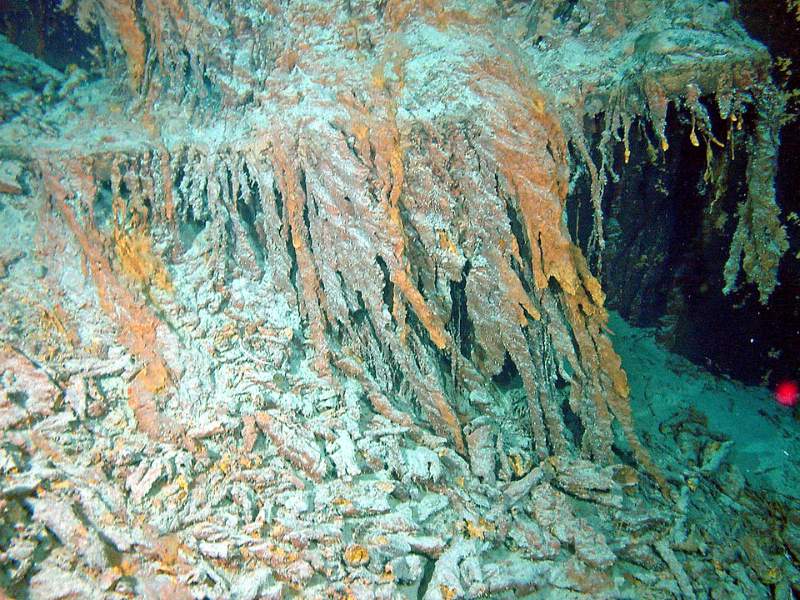
It only gets worse. Researchers identified an organism known as extremophile bacteria that has been more active in destroying what remains of Titanic, leading some to believe that the entire ship may be demolished by 2030.
Rest in Peace
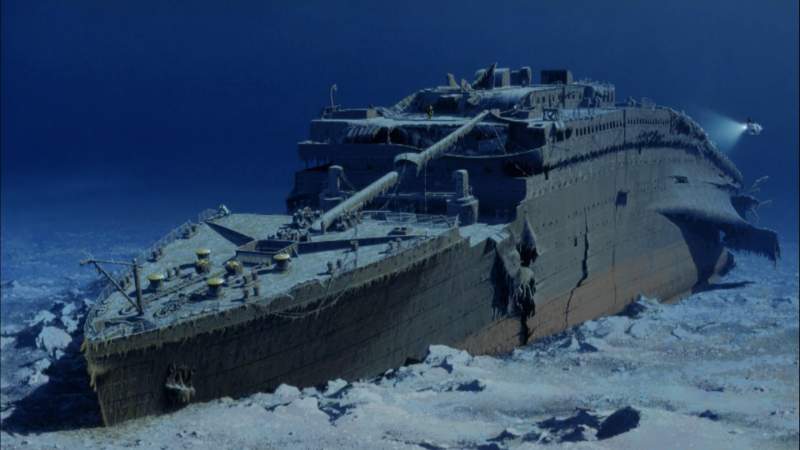
Concerns have been expressed regarding what and how to deal with the portions of the ship that can still be saved because salvaging all the ship is now out of the question.
In light of the vessel’s deterioration, preservationists feel that it is more important to preserve items connected to this awful period in human history. Disbelievers claim that the Las Vegas show proves that any subsequent attempts at reclamation are nothing more than a business.
They say the Titanic should be considered as the tomb of 1,500 people and that it should be left untouched. However, oceanographers have found no evidence of human remains after hundreds of dives due to marine conditions and wild sea life.
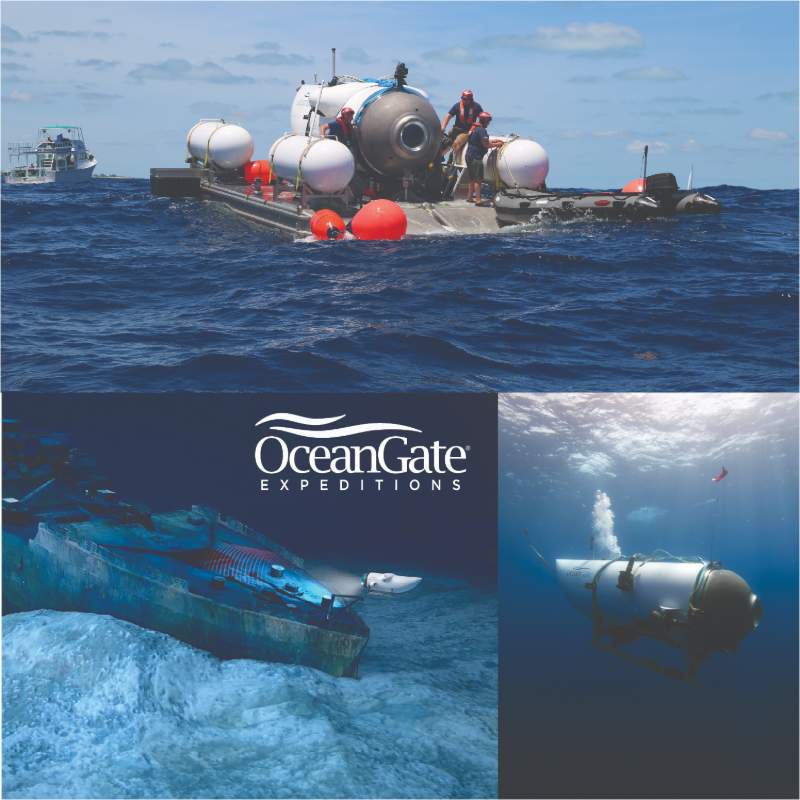
If you have $100,000 to spare, you may take a trip to the Titanic’s wreckage with Oceangate, a business that conducts ocean survey expeditions. Other than that, renting a streaming version of Titanic may be more convenient, even if you have to go through the schmoopy star-crossed romance of Jack and Rose.


